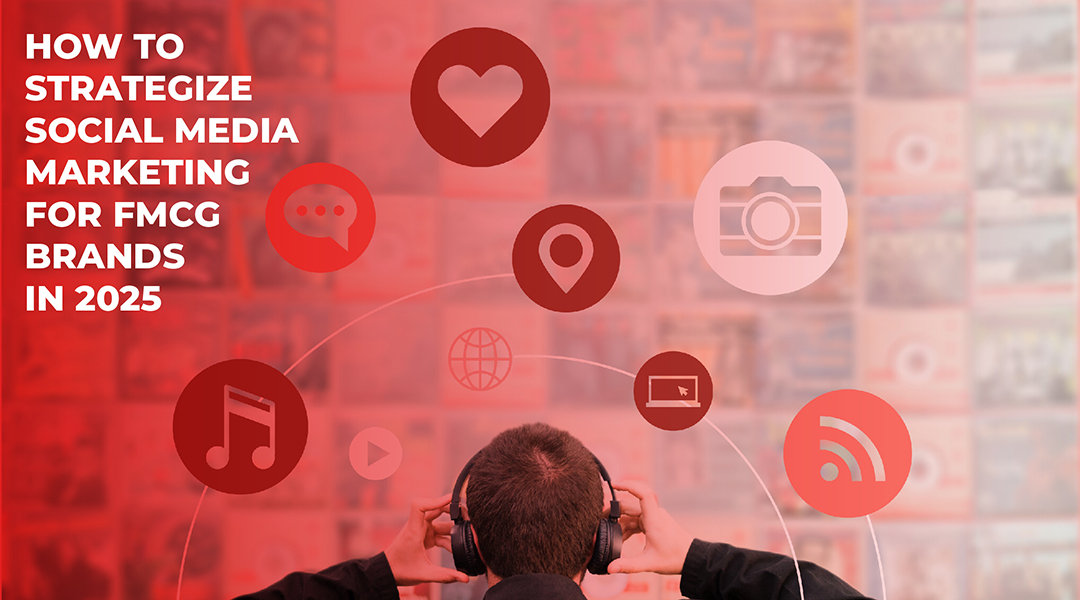
One thing for sure: the fast-moving consumer goods (FMCG) sector is seriously still changing, like it is in 2025, where social media truly becomes a bigger part of connecting brands with consumers. Given the changes in shopping habits and the whole digital platform, how best could brands go about optimizing their social media presence for truly meaningful engagements?
Social Commerce Integration into the Retail Operation
Worded differently, you would have to use social commerce in your current customer journey from the FMCG segment. Essentially, all key social platforms now have one-click buy capabilities in their feeds, which effectively reduce barriers for impulse purchases. Brands should dedicate themselves to shoppable content that leads the consumer to discover and shop for items without leaving the social platform of his or her choice. This includes using the platform-oriented shopping features: from Instagram Shops to TikTok’s shopping backbone.
Video as Primary Form of Content Expression
Again, short video remains supreme in 2025. But it now comes with a significant twist. People still want to be entertained, but this time, they are looking for value-added and learning content. Hence, based on the above, an FMCG organization would generally do the following: – Show how to use a product in different, original ways; – Perhaps behind the curtain – show our sustainability practices and our actual manufacturing process; – Quick recipes or hacks; – Showcase real-time experiences from actual customers.
Reality and Reality
Modern consumers are calling for something that was never developed: unfettered access to an FMCG brand. Quite simply, social media strategies should detail:
- For what they communicate with clear terms at the ingredients and source
- Update regularly on sustainability initiatives.
- Discuss openly the price=value proposition.
- Have a direct engagement with customer feedback and complaints.
Personalization at Scale
Thanks to the advanced insights of AI, FMCG brands can deliver hyper-personalized experiences to customers across social media, include:
- Recommendations of products tailored to individual behavior.
- The right customer accessing the content based on local preference and culture.
- Phrase of their message to the customer with a consideration of their purchasing history.
- Replicating dynamic advertisements, the contents will change according to the individual user’s consumption pattern.
Building and Strengthening Communities
By 2025, successful FMCG brands will focus on building communities rather than just selling their products. These include:
- Creating exclusive social media groups for particular brand advocates.
- Having product launches and question-and-answer sessions streamed live
- Organizing social media challenges that will have the exciting potential to attract user participation
- Discussing all matters touching on lifestyle that have resonance with your product type.
Storytelling in Sustainability
Environmental awareness and mindfulness have also become paramount values among consumers. FMCG brands should leverage social media to:
- Exhibit green initiatives through eco-friendly packaging
- Indicate waste minimization techniques
- Enjoy tips on how to use sustainable products
- Chronicle their move to carbon neutrality
Influencer Alliances
The world has moved forward in the field of influencer marketing. Currently, successful FMCG brands utilize the following:
- Long-term collaboration with micro-influencers who match the brand values
- Joint development of products with community leaders
- Authentic integration of products into influencers’ content
- Measurement of impact beyond mere reach and engagement
Informed Decisions from Data
Most advanced analytics tools provide a comprehensive insight into social media performance analytics. The following are what FMCG companies should do:
- Track consumer sentiments through different platforms.
- Monitor competitive positioning and share of the voice.
- Develop a pattern of purchases and correlate them to activities on social media.
- Measure the influence of social media campaigns on offline sales.
Cross-Platform Integration
They maintain their own platforms as successful FMCG brands build a consistent cross platform experience, such as:
- Brand message consistency on all social channels
- Platform-optimized content that does not compromise brand identity
- Elements of an integrated campaign that work together cross-platform
- Unified experience from customer care regardless of the platform
Social Listening with Rapid Response
Engaging in real-time is no longer an option. Brands should:
- Listen to social media conversations about their products and category
- Quickly answer customers’ inquiries and complaints
- Identify and prevent potential problems from escalating into much worse ones
- Gather insights toward product development and innovation
Through Augmented Reality
Augmented Reality has been mainstreamed across social platforms. With AR, FMCG brands could:
- let people virtually try on personal care products
- make packaging interactive
- encourage the competitive discovery of products
- provide an enhanced unboxing experience
Measuring Success
Modern measurement frameworks for social media in FMCG need to be wider in scope and go beyond:
- Direct revenues from social commerce
- Sentiment and share of voice for the enabling brand
- Community growth and quality of engagement
- Affect on purchase behaviors offline
- Lifetime value of the customer in relation to social engagement
Looking Ahead
FMCG brands need to be receptive and flexible in their social media approach as they plow through 2025. It means marrying envisioning the future to what has remained constant over the years, balancing new technologies with human touchpoints, and blending brand building with direct response marketing.
The best FMCG brands on social media will always be those who will always find a way to remain “small” with their audience while at the same time leveraging heavy technologies and data insights as their internal-control mechanism. A value-focus on content, community building, and shopping experience thus helps develop that much more meaningful relationship with consumers, which is sustainable on the business side.
Today, social media marketing with respect to the FMCG sector is not only about marketing products but developing an ecosystem for the consumer to explore, engage with, buy, and also advocate for brands they believe in. Implementing those strategies in a thoughtful, consistent manner will also ensure that these FMCG brands develop massively on short-term sales and long-term brand equity.
Post Comment